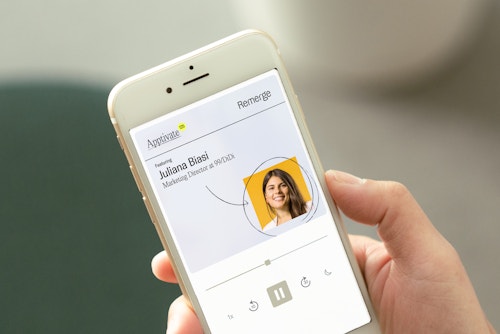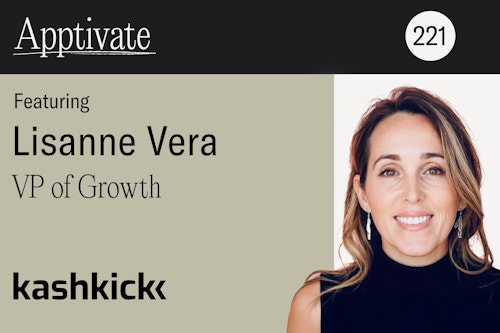Ep.125 Building a Brand Cause for Your App
May 11, 2022

When the Marketing Director of Brazil’s leading ride-hailing app, 99, went looking for a brand cause, she discovered a significant disproportion between the percentage of women in Brazil versus their percentage of women drivers. The more 99 listened to its female users, the more they realized how national domestic abuse, public safety, and financial independence affected them. The app added several incredible features to empower Brazilian women to become drivers and feel safer as passengers using the app - this not only boosted their brand’s popularity, but also significantly impacted society at large.
Listen and Subscribe
Questions Juliana Answers In This Episode
- When you say “mobility,” what is that specifically?
- Can you tell us what it’s been like directing the marketing efforts given your industry and restrictions during the pandemic?
- How have you been able to differentiate yourself in the female market?
- How do you market all the features 99 has created with women in mind?
- How can we encourage other organizations to prioritize equitable opportunities for women employees?
Timestamp
- 1:11 Juliana’s role at 99
- 3:45 Built for agility
- 7:31 Why 99 is focused on women
- 11:25 Female drivers vs male drivers
- 13:41 Safety features for female passengers
- 19:55 SOS feature for women
- 24:16 Cause for the Brand
- 25:55 If cities were built by women…
- 32:48 Ways to support women
Quotes
« (9:01-9:08) “Here in Brazil, one in four women suffered from domestic violence during the pandemic.” »
Juliana Biasi
(7:58-8:18) “More than 50% of the population in Brazil are women, but when we look at our base of active drivers, only 5% are women. So this shows a business opportunity. And then we started to listen to them, and we saw that they really didn't recognize driving as an option.”
(11:38-12:00) “When we talked to women drivers for the app, they were super proud. They really choose to drive. When we listen to male drivers, they’re like, ‘I lost my job. I didn’t have options, so I decided to drive.’ For women, it’s the opposite.”





